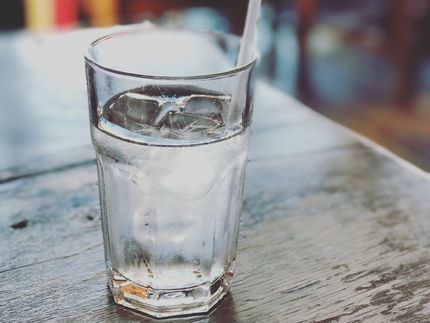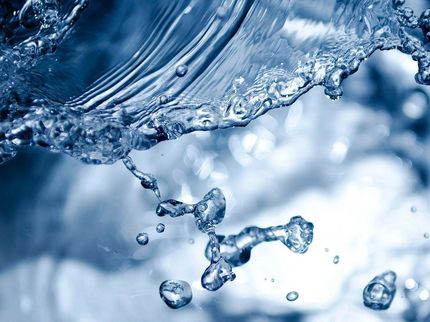Researchers boost production of biofuel that could replace gasoline
Engineers at Ohio State University have found a way to double the production of the biofuel butanol, which might someday replace gasoline in automobiles.
The process improves on the conventional method for brewing butanol in a bacterial fermentation tank.
Normally, bacteria could only produce a certain amount of butanol -- perhaps 15 grams of the chemical for every liter of water in the tank -- before the tank would become too toxic for the bacteria to survive, explained Shang-Tian Yang, professor of chemical and biomolecular engineering at Ohio State.
Yang and his colleagues developed a mutant strain of the bacterium Clostridium beijerinckii in a bioreactor containing bundles of polyester fibers. In that environment, the mutant bacteria produced up to 30 grams of butanol per liter.
Right now, butanol is mainly used as a solvent, or in industrial processes that make other chemicals. But experts believe that this form of alcohol holds potential as a biofuel.
Once developed as a fuel, butanol could potentially be used in conventional automobiles in place of gasoline, while producing more energy than another alternative fuel, ethanol.
Yang said that this use of his patented fibrous-bed bioreactor would ultimately save money.
"Today, the recovery and purification of butanol account for about 40 percent of the total production cost," explained Yang, "Because we are able to create butanol at higher concentrations, we believe we can lower those recovery and purification costs and make biofuel production more economical."
Currently, a gallon of butanol costs approximately $3.00 -- a little more than the current price for a gallon of gasoline.
The engineers are applying for a patent on the mutant bacterium and the butanol production methodology, and will work with industry to develop the technology.
Organizations
Other news from the department science

Get the analytics and lab tech industry in your inbox
By submitting this form you agree that LUMITOS AG will send you the newsletter(s) selected above by email. Your data will not be passed on to third parties. Your data will be stored and processed in accordance with our data protection regulations. LUMITOS may contact you by email for the purpose of advertising or market and opinion surveys. You can revoke your consent at any time without giving reasons to LUMITOS AG, Ernst-Augustin-Str. 2, 12489 Berlin, Germany or by e-mail at revoke@lumitos.com with effect for the future. In addition, each email contains a link to unsubscribe from the corresponding newsletter.
























































